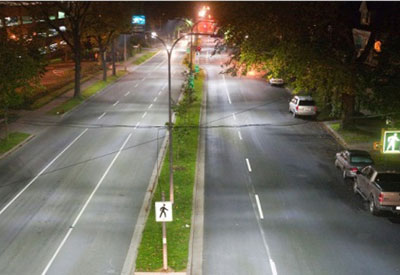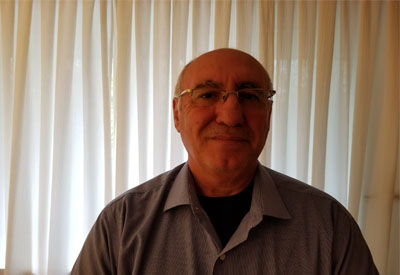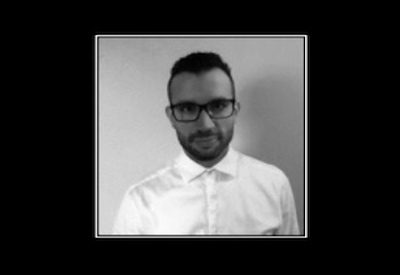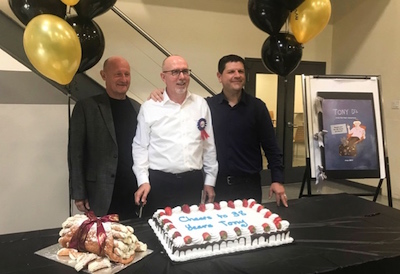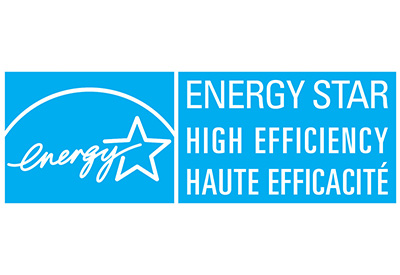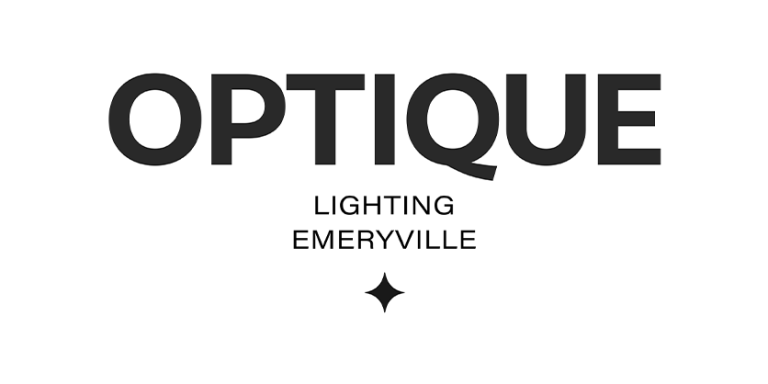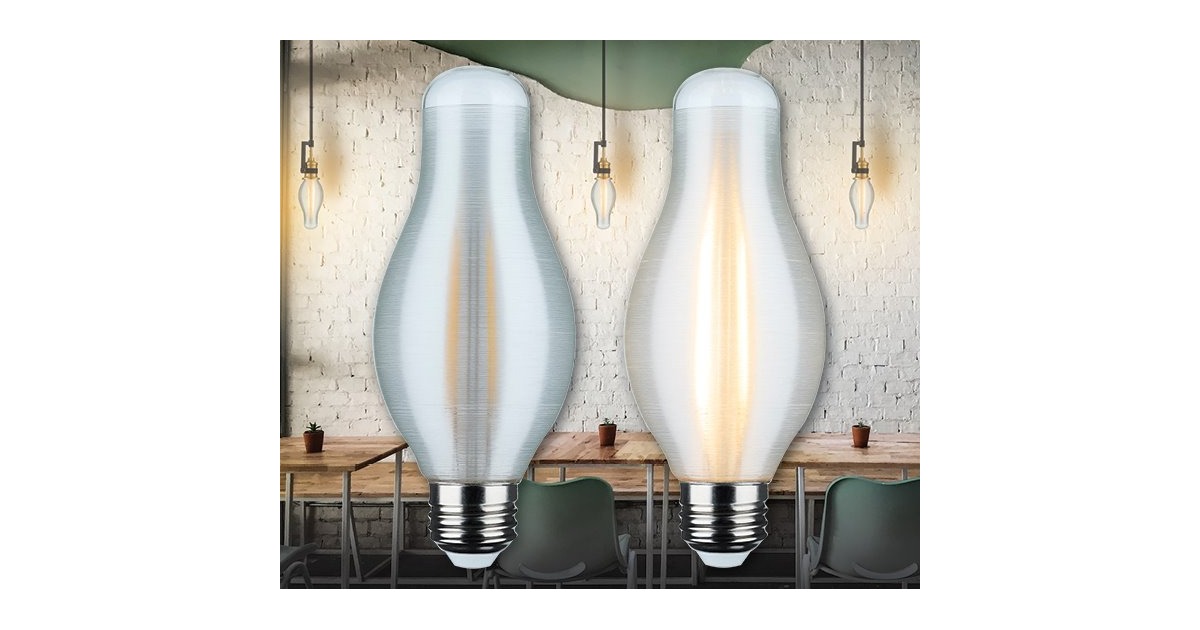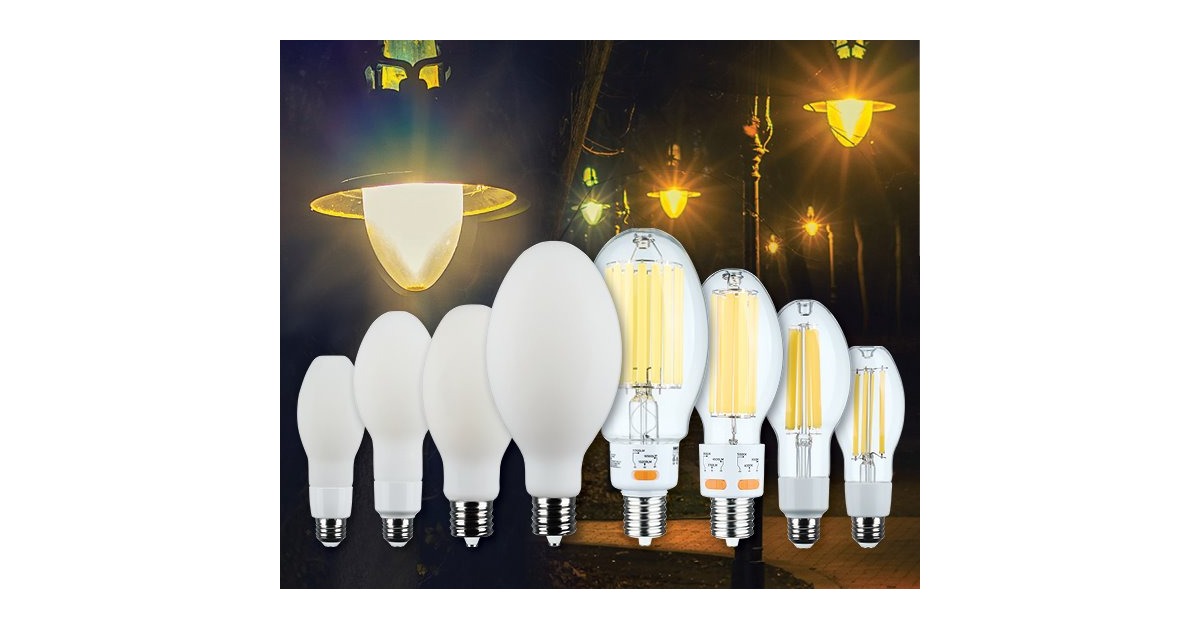World’s First Li-Fi Classroom Opens
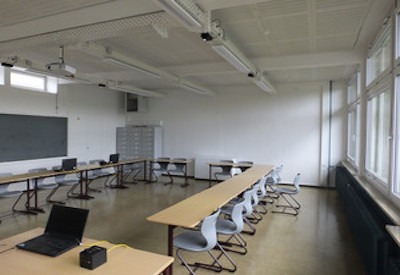
November 20, 2017
Since the beginning of 2017, the Fraunhofer Heinrich Hertz Institute in Berlin, Germany has been working with a secondary school in Stuttgart to upgrade a classroom with Visible Light Communication technology (VLC).
The VLC technology (also referred as Li-Fi) is a possible alternative to traditional WLAN technology. Data transmission is equally wireless, though not via radio waves but via modulated light from an LED illumination system. The advantages of this Li-Fi technology lie in the avoidance of radio radiation and the lack of interference with other radio waves or electromagnetic fields. This has a favourable effect on the possible bandwidth for densely populated radio networks and a low susceptibility to interferences.
The Fraunhofer Heinrich Hertz Institute is working on the further development of this technology and plans with this classroom field test to demonstrate the potential of this technology, and align future research in this area. “The modern schoolroom needs new solutions for flexible data exchange. We believe that the VLC technology offers a genuine alternative to radio-based systems. Our project, thus, contributes to a digitalization of the classroom”, says the project manager at Fraunhofer HHI, Dr. Anagnostis Paraskevopoulos.
The current equipment, such as the VLC ceiling light and the VLC tabletop modules, are still in the prototype stage. After the further development of the technological basis, it is expected in the long term that the industry will integrate the technology into the room lighting, as well as into terminal equipment such as laptops, tablet PCs and smartphones.
Photo courtesy of Stadt Stuttgart, Yves Schneider

